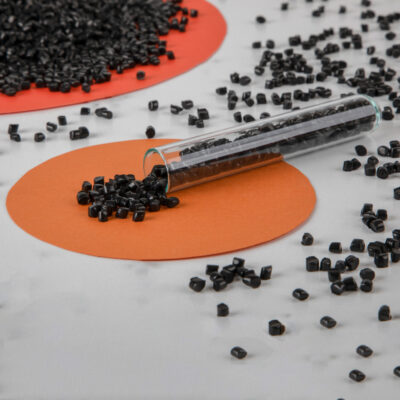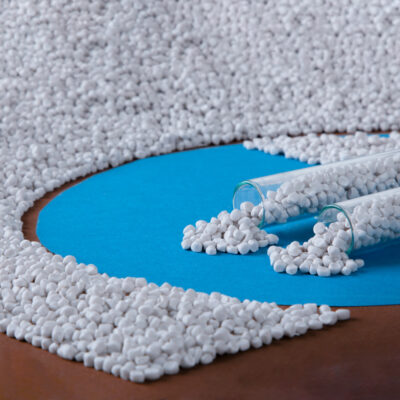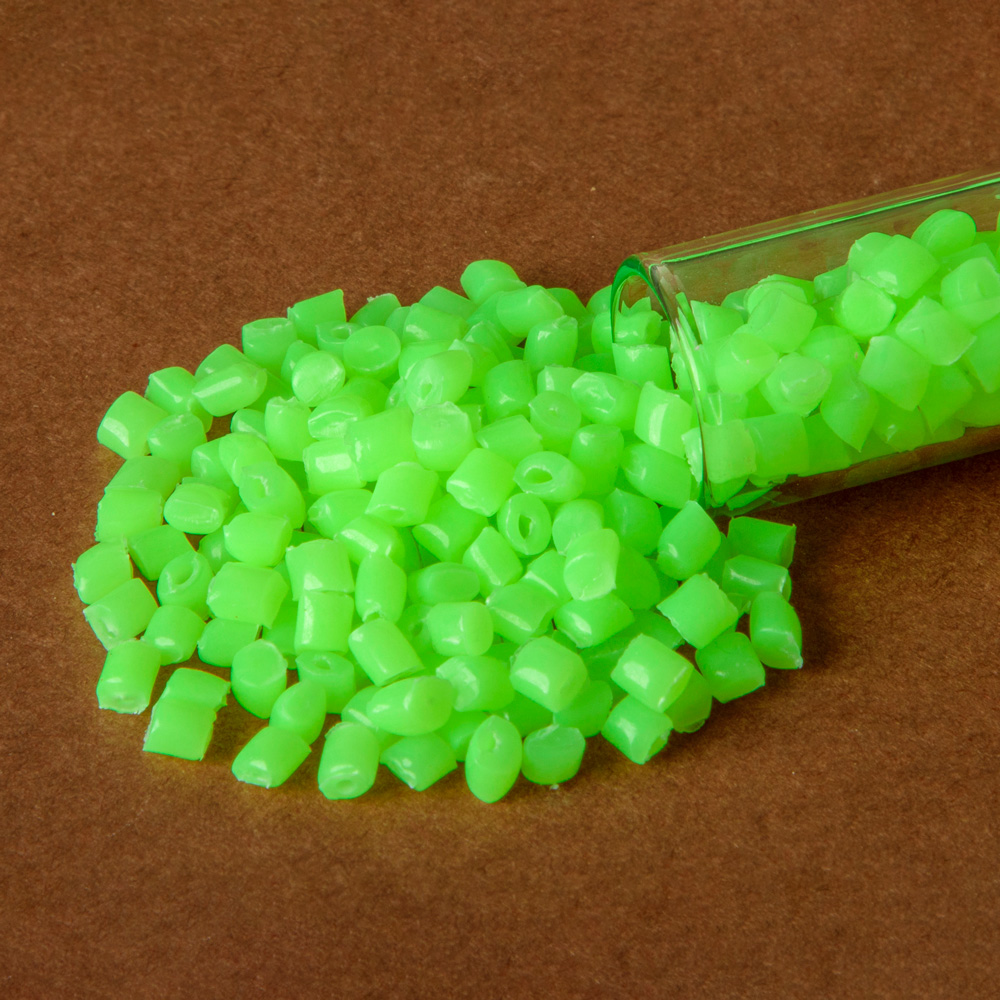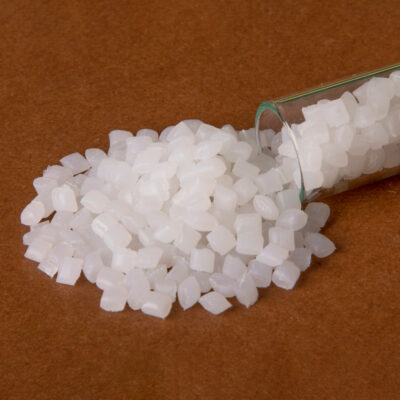Improvement of glossiness and surface quality of polymer materials and paints.
Increase in brightness, resistance to wear and environmental conditions.
Used in paints, plastics, industrial and automotive coatings.
Enhancement of aesthetic appearance, resistance to UV and moisture, and reduction of production costs.
Proper formulation, consumption control, and compatibility with polymers.
Improvement of appearance and durability of polymer products and paints.
Brightener Additives: Definition, Features, Applications, and Benefits
Definition
Brightener additives are compounds added to polymer materials, paints, or coatings to improve the surface brightness and glossiness. These additives are usually made from polymers, resins, plasticizers, or special compounds that significantly affect the appearance, quality, and durability of the final product’s surface. Brighteners are used in various industries such as paint production, industrial coatings, plastics, resins, and automotive coatings.
Features
-
Increased Surface Gloss: Brighteners enhance the shine and clarity of the surface, making it look more glossy and attractive.
-
Improved Appearance Quality: They make the surface smoother, more uniform, and free from visual defects like scratches or cracks.
-
Wear Resistance: Many brighteners improve resistance against wear, scratches, and extend the durability of the gloss.
-
Color and Gloss Stability: These additives maintain surface brightness over time and under different environmental conditions, such as sunlight and humidity.
-
Compatibility with Various Materials: Brighteners can be added to paints, coatings, and plastics, and mix well with different resins and polymers.
-
Preservation of Physical and Chemical Properties: While increasing gloss, brighteners do not negatively affect other properties such as strength, flexibility, or chemical resistance.
Applications
-
Paint and Coating Industry: One of the main uses is in manufacturing paints and industrial coatings, including automotive paints, floor coatings, industrial and wood coatings to provide desired gloss and improved resistance.
-
Plastics and Resins: Used in plastic manufacturing and resin products to improve final appearance and attractiveness, especially in plastic packaging and decorative items.
-
Automotive Coatings: In the automotive industry, brighteners create glossy and weather-resistant surfaces on car bodies.
-
Building Materials and Profiles: Used in polymer profiles, doors, and windows to create smooth and shiny surfaces that attract attention and improve appearance.
-
Electronic Coatings and Industrial Parts: In electronic and industrial components, brighteners provide wear resistance and enhance surface quality.
Benefits
-
Enhanced Visual Appeal: Brighteners give products a shiny and polished look, making them more visually attractive.
-
Improved Environmental Resistance: They create a protective surface against UV rays, moisture, and chemicals.
-
Longer Product Life: Brighteners help maintain gloss and appearance over time and protect against wear and contamination.
-
Reduced Production Costs: Using brighteners simplifies the process of achieving glossy surfaces, lowering manufacturing costs.
-
Better Surface Quality: They produce smoother surfaces without spots or defects, improving the final product’s look.
-
Easy and Cost-effective Use: Brighteners are easy to add to different formulations and are more practical and affordable compared to other methods for surface gloss.
Important Notes
-
Proper Additive Selection: Brighteners must be compatible with the type of polymer or paint to avoid negative effects like discoloration or reduced mechanical properties.
-
Correct Usage Amount: Excessive use can cause unnatural gloss or damage physical properties, so dosage must be carefully controlled.
-
Stability Under Various Conditions: Brighteners should maintain their properties despite temperature, humidity, and light changes.
-
Compliance with Standards: Use and selection must consider environmental and industrial standards.






Reviews
There are no reviews yet.